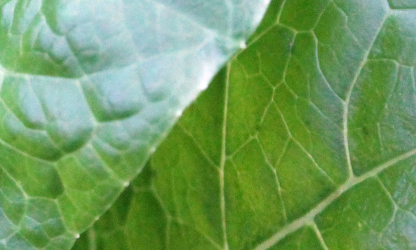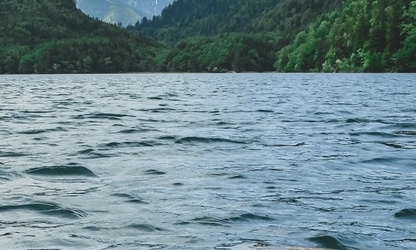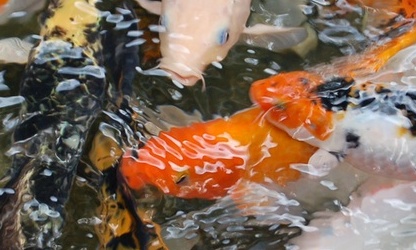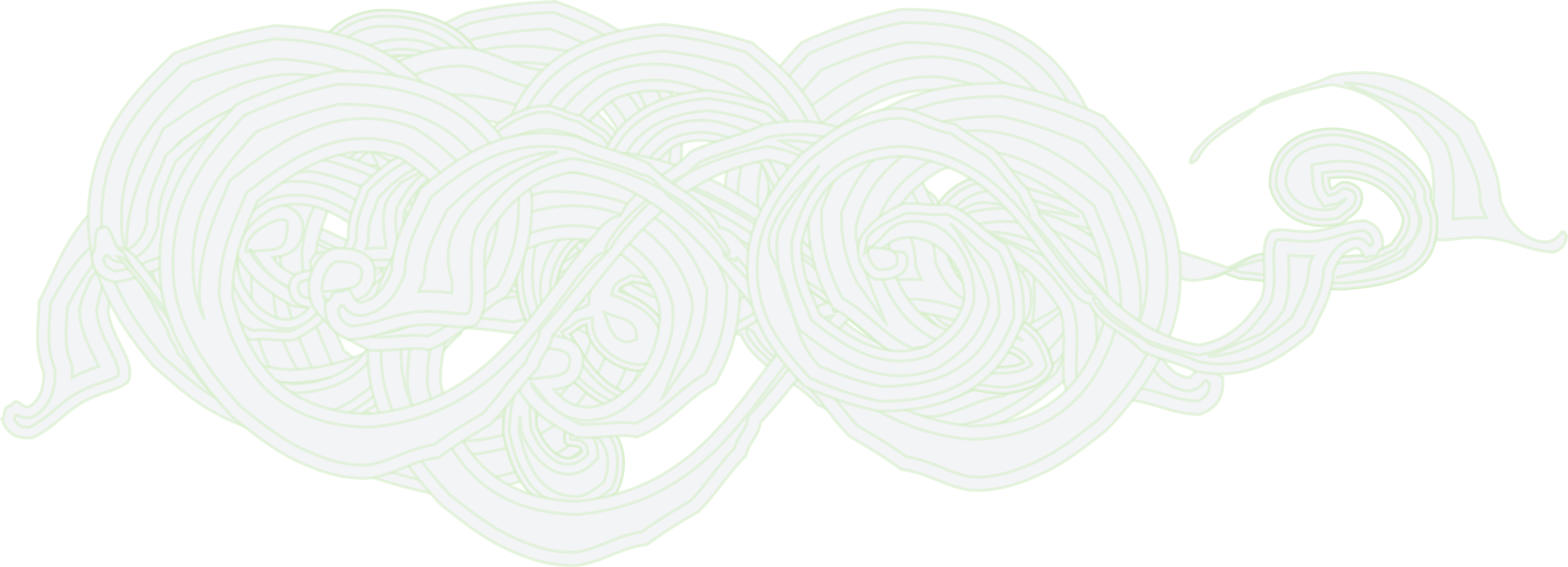
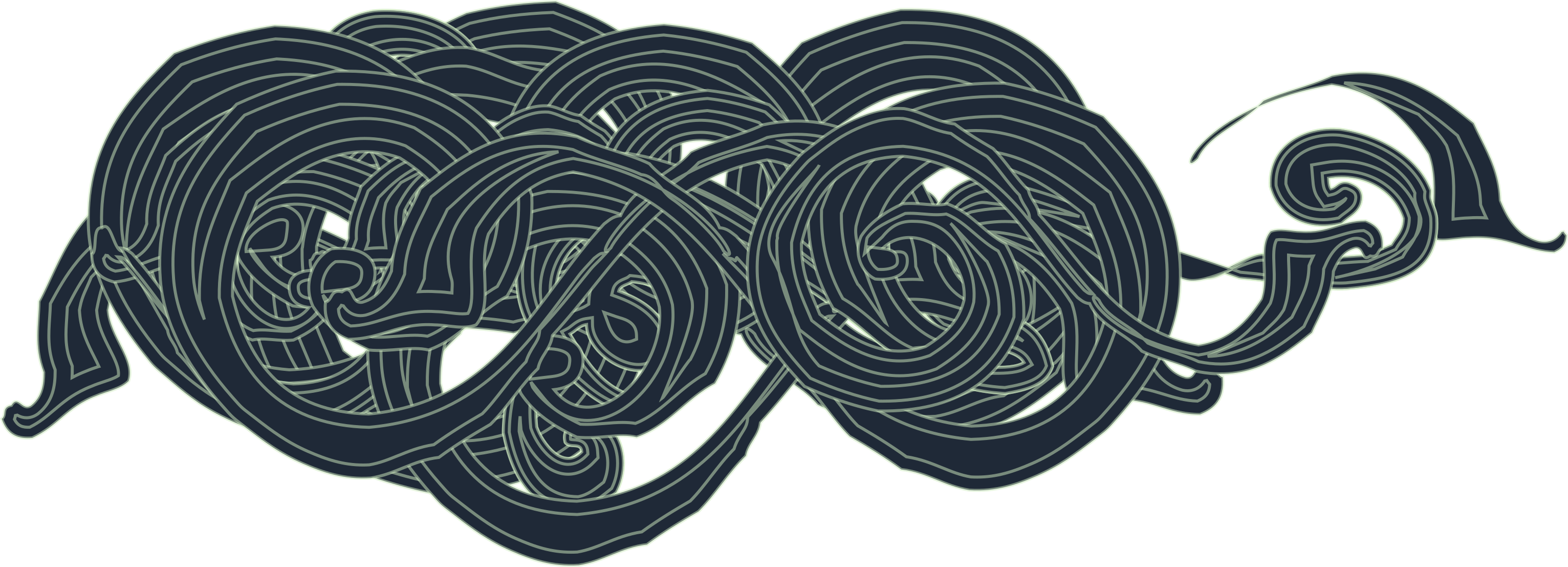
Bacteriophages against Vibrio coralliilyticus and Vibrio tubiashii: Isolation, Characterization, and Remediation of Larval Oyster Mortalities
Applied and Environmental Microbiology, 2021
Richards GP, Watson MA, Madison D, Soffer N, Needleman DS, Soroka DS, Uknalis J, Baranzoni GM, Church KM, Polson SW, Elston R, Langdon C, Sulakvelidze A.
Abstract
Vibrio coralliilyticus and Vibrio tubiashii are pathogens responsible for high larval oyster mortality rates in shellfish hatcheries. Bacteriophage therapy was evaluated to determine its potential to remediate these mortalities. Sixteen phages against V. coralliilyticus and V. tubiashii were isolated and characterized from Hawaiian seawater. Fourteen isolates were members of the Myoviridae family, and two were members of the Siphoviridae In proof-of-principle trials, a cocktail of five phages reduced mortalities of larval Eastern oysters (Crassostrea virginica) and Pacific oysters (Crassostrea gigas) by up to 91% 6 days after challenge with lethal doses of V. coralliilyticus Larval survival depended on the oyster species, the quantities of phages and vibrios applied, and the species and strain of Vibrio A later-generation cocktail, designated VCP300, was formulated with three lytic phages subsequently named Vibrio phages vB_VcorM-GR7B, vB_VcorM-GR11A, and vB_VcorM-GR28A (abbreviated 7B, 11A, and 28A, respectively). Together, these three phages displayed host specificity toward eight V. coralliilyticus strains and a V. tubiashii strain. Larval C. gigas mortalities from V. coralliilyticus strains RE98 and OCN008 were significantly reduced by >90% (P < 0.0001) over 6 days with phage treatment compared to those of untreated controls. Genomic sequencing of phages 7B, 11A, and 28A revealed 207,758-, 194,800-, and 154,046-bp linear DNA genomes, respectively, with the latter showing 92% similarity to V. coralliilyticus phage YC, a strain from the Great Barrier Reef, Australia. Phage 7B and 11A genomes showed little similarity to phages in the NCBI database. This study demonstrates the promising potential for phage therapy to reduce larval oyster mortalities in oyster hatcheries.
Target
Vibrio coralliilyticus and Vibrio tubiashii
Food Group
Larval Oyster

